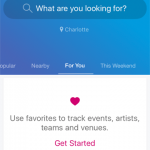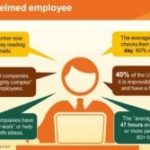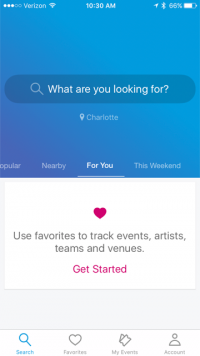What We’ll Be Saying About Today’s Websites in 10 Years
— October 3, 2017
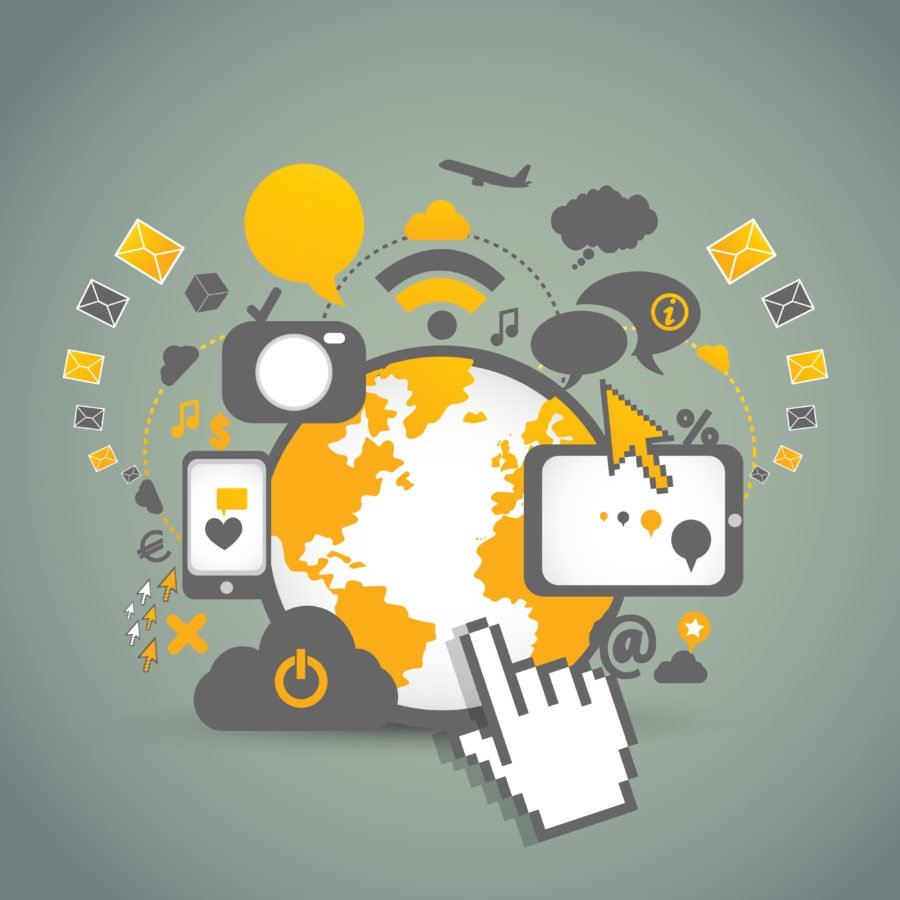
Stock photo
Do you remember what websites looked like in the early days of the internet? They were revolutionary at the time, but looking back, they look quite primitive compared to today’s experiences. Even if we only go back 10 years, we see an enormous shift. Don’t know exactly what I mean? Using the Ten Years Ago site, let’s journey back to 2007 to take a peek at what a few popular websites looked like back then.
Let’s start with Amazon. You are probably familiar with what Amazon looks like today:
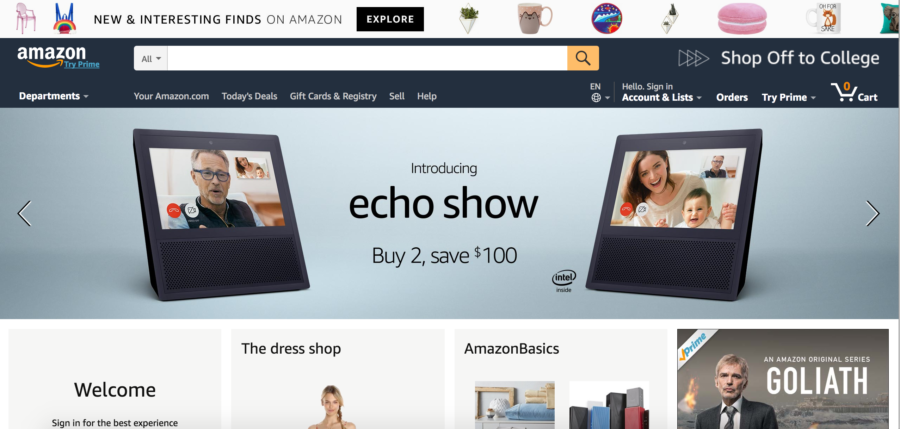
But 10 years ago it looked like this, with tabs along the top and a whole lot of white space:
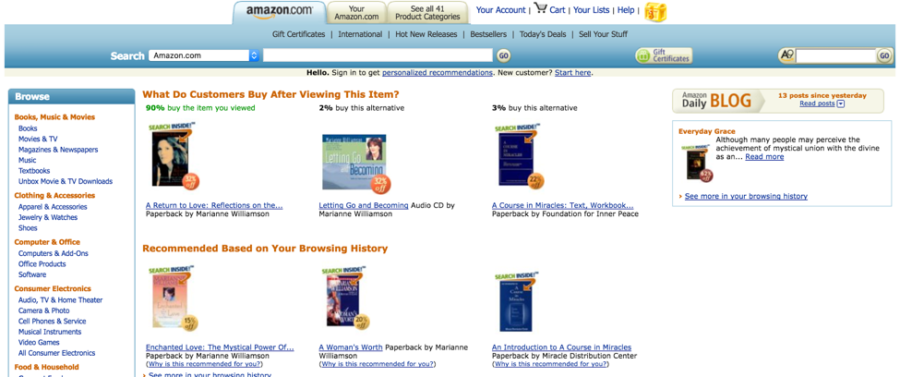
Today, you are probably familiar with YouTube’s current homepage:
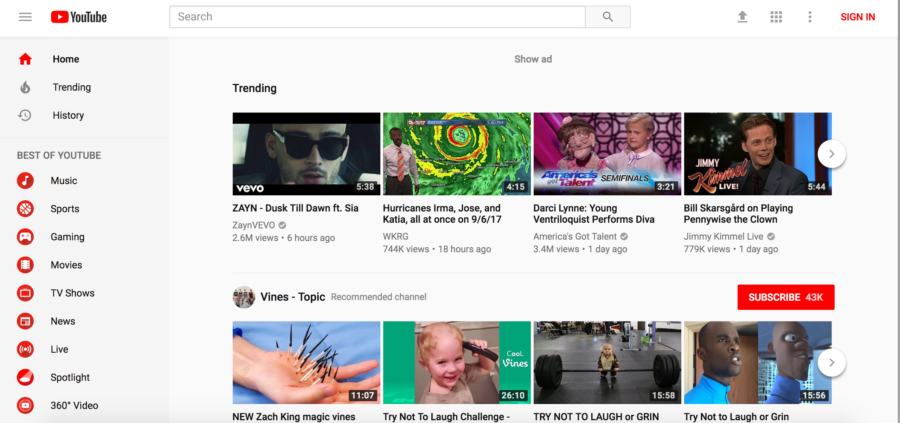
But 10 years ago it looked completely unrecognizable:
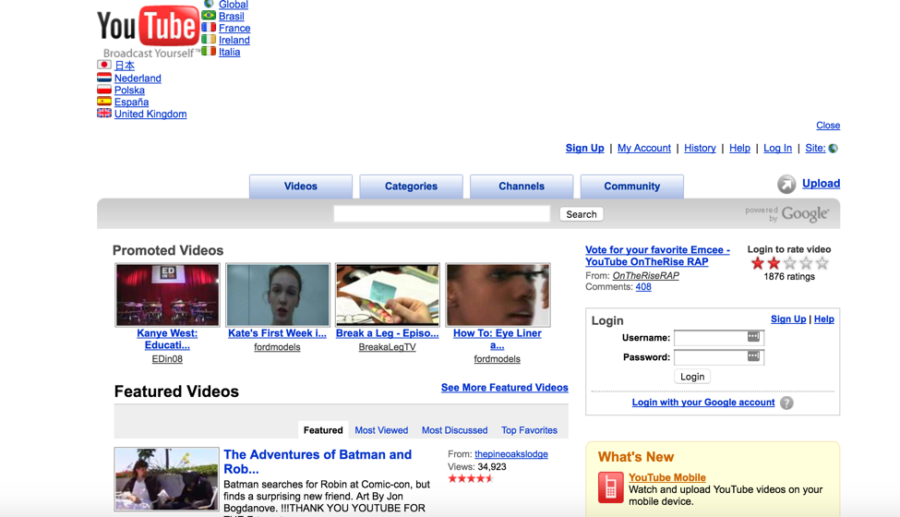
Clearly, website design and functionality have both come a long way. A lot of time and attention has been spent on A/B testing and developing best practices to make websites easier to use and more engaging (not to mention viewable on mobile devices — a minor concern in 2007).
We judge these old websites because we feel we know better now. But it begs the question, what will we be laughing about in the future? In 2027, what will we look back on and judge from today’s internet? Of course, site design will continue to evolve, so there will certainly be design elements that we will eventually consider dated. But I predict we’ll laugh about more than just a site’s design. I predict that we’ll laugh about the un-personalized experience so many sites today still provide.
I predict we’ll be laughing at websites that provide the same experience to everyone — even though they have so much data available that could be used for personalization.
I predict that we’ll laugh at travel sites that display tropical locations on their homepages — even after visitors searched for ski vacations during that session.
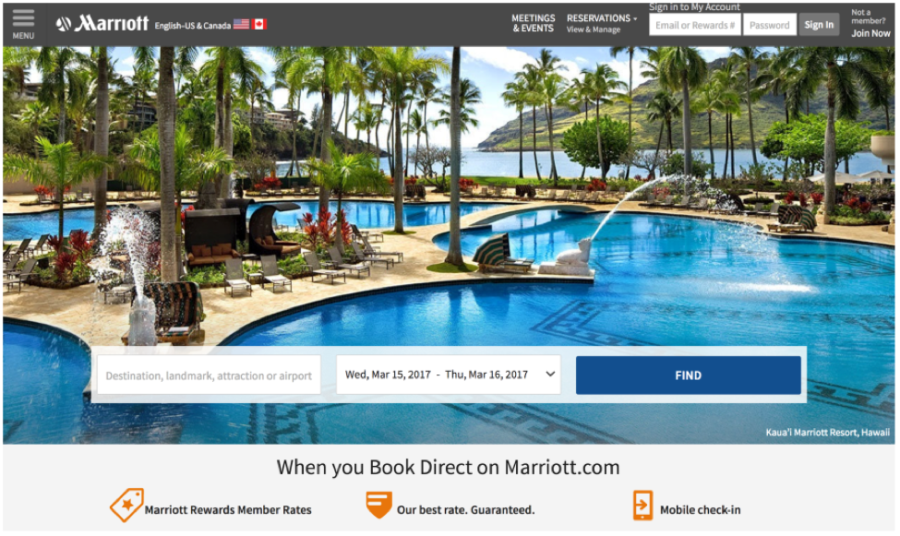
Even after searching for ski vacations, this tropical image is still featured prominently on the homepage.
I predict we’ll laugh at homepage carousels that scroll through multiple different promotions and recommendations hoping to catch the eye of a visitor because the site has no idea which offer will interest him.
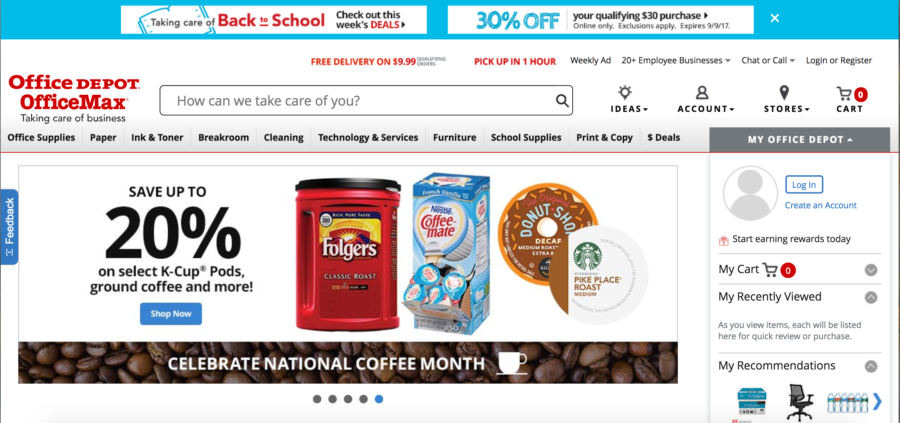
The homepage carousel is often used when a site can’t identify the most relevant promotions to display to each visitor.
I predict we’ll laugh at B2B sites that don’t tailor their sites to a visitor’s industry or company — which will be considered the minimum level of personalization for most B2B sites.
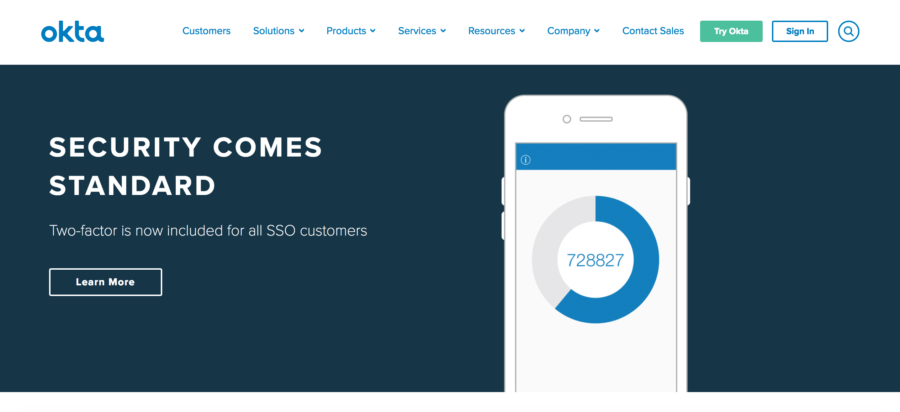
This site’s homepage is static for each visitor.
I predict we’ll also laugh at B2B sites that don’t update based on visitor behavior — like asking visitors to download content they already downloaded.
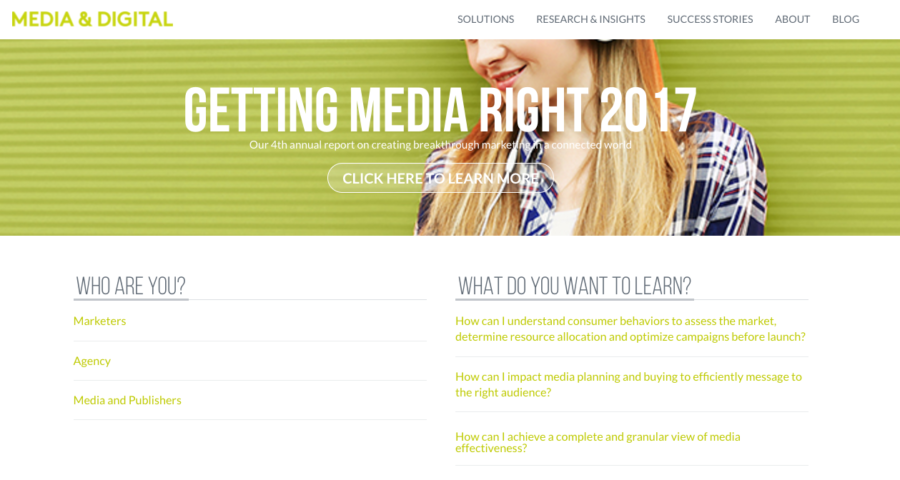
This report was promoted prominently on the homepage even after I downloaded it.
I predict we’ll laugh at mobile applications that make people hunt and scroll for what is of interest instead of figuring it out and bringing it to the visitor’s attention.
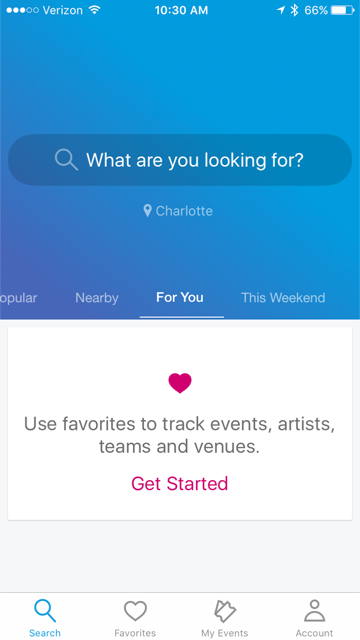
This app doesn’t recognize my preferences based on what I have engaged with or purchased; I can only see content in the “For You” tab if I manually “favorite” something.
Looking Ahead
Don’t agree with my prediction that we will laugh at un-personalized sites in the future? Look back at the two sites I used as examples earlier: Amazon and YouTube. I picked those two examples because they are well-known sites that I believe most people reading this post will be familiar with. Interestingly, they are both known for their personalization today. The homepages that I see today for Amazon and YouTube look very different from the ones that you see. No two experiences on either of these sites is the same. They provide relevant product or content recommendations across their sites, and those recommendations evolve as individuals continue to interact.
As consumers spend more time with sites that provide personalized experiences — as these two sites do — they are growing to expect that kind of personalization from the other companies and brands they interact with in other areas of their lives.
Digital & Social Articles on Business 2 Community
(16)

